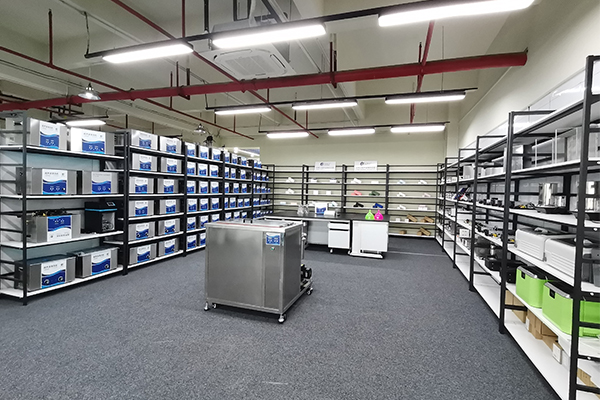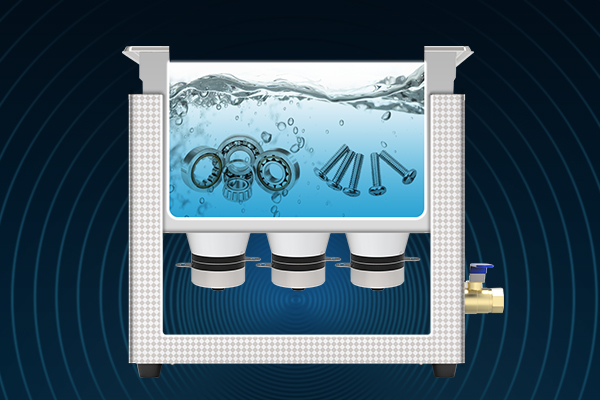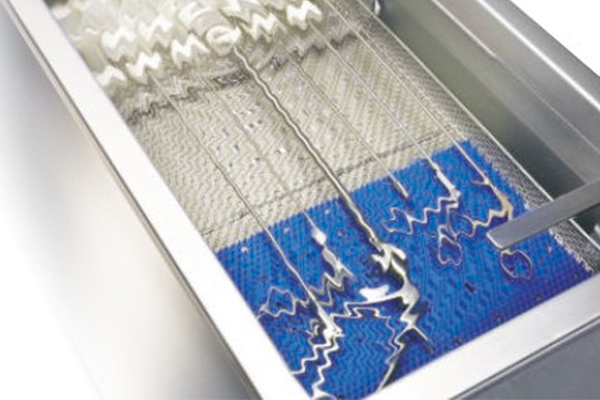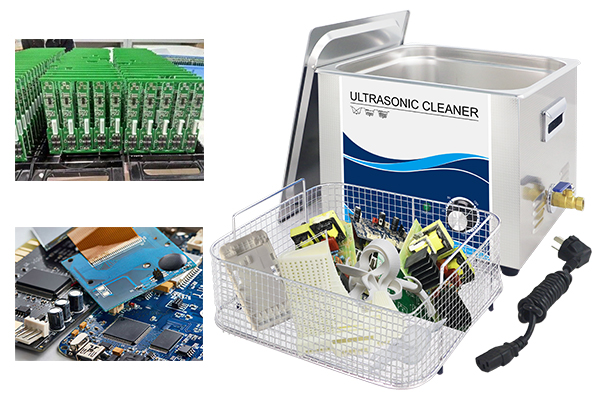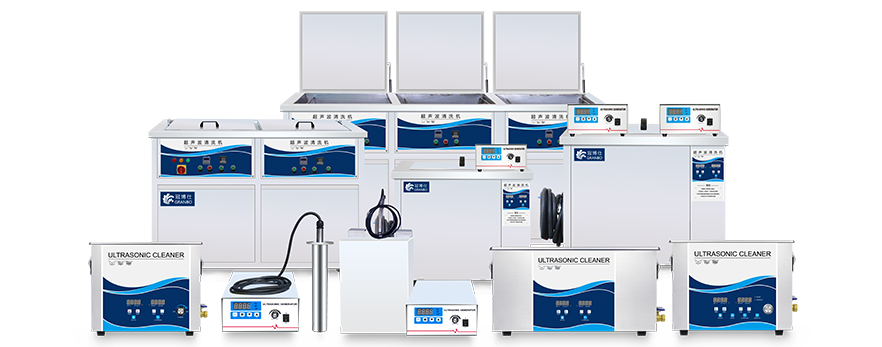
The following mainly affect the effect of ultrasonic cleaning six factors.
1. The type of material surface contaminants.
Different contaminants require different cleaning time:.
Dust, metal shavings and soot and other loose contaminants are easy to fall off, because their molecules do not interact strongly with the surface of the object.
Grease, oil and waxes take longer to remove. Their molecules form bonds with metals and plastics, and sometimes with each other. These bonds first need to be broken by the force of imploding bubbles before the contaminants can be removed.
Carbon deposits, rust and other oxides are difficult to remove and therefore require longer cleaning times.
2. Number of contaminants.
More contamination requires more time to remove. Pre-rinsing parts to remove most contaminants helps speed up the process.
3. Surface characteristics of the material.
The adhesion of contaminants to different material surfaces varies.
4. Different cleaning fluids.
The choice of cleaning fluid will play a direct impact on the cleaning time, which requires the user to use ultrasonic cleaning, the need for different pollutants according to their own materials, should choose the appropriate cleaning fluid, so as to achieve the desired cleaning effect.
5. The use of cleaning fluid years.
A bottle of fresh cleaning fluid without particles and debris floating in it will be better than the cleaning fluid that has been used many times.
6. The temperature of the cleaning fluid.
For many cleaning applications, ultrasonic cleaning machine in the cleaning fluid heating can achieve better cleaning results. But each cleaning solution has its own suitable working temperature. Usually it is located between 50-65 ° C.

